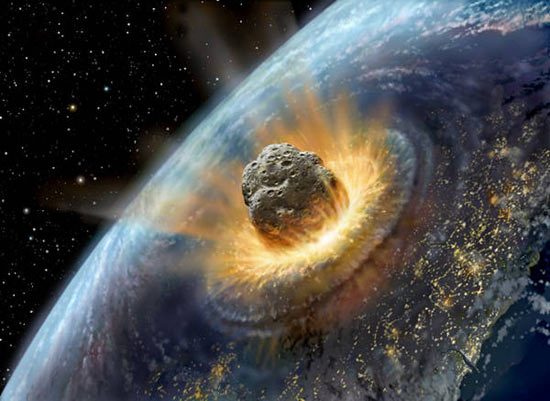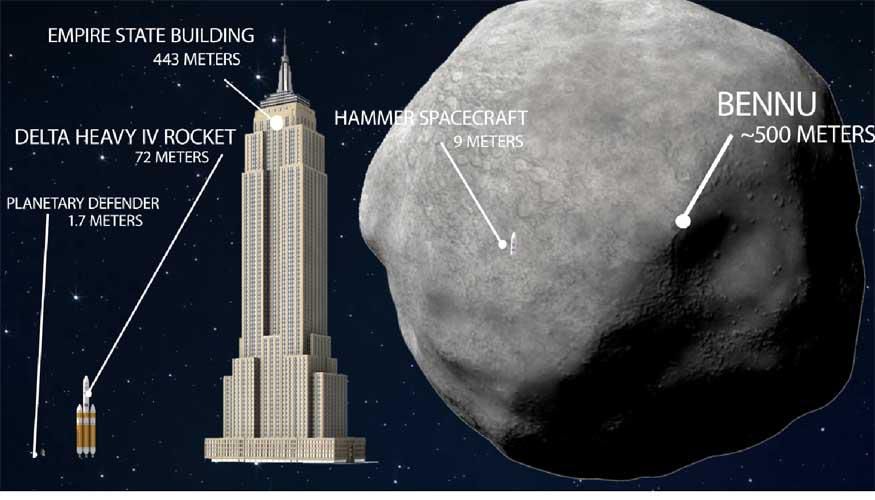7667766266
enquiry@shankarias.in
Why in news?
US scientists have conceptualised the HAMMER to deal with asteroids heading for earth.
What is the need?

What are the possible ways of dealing with it?
What is the HAMMER?

Why is the nuclear option more viable?
What is the Russian research on this?
Source: Indian Express, The Hindu